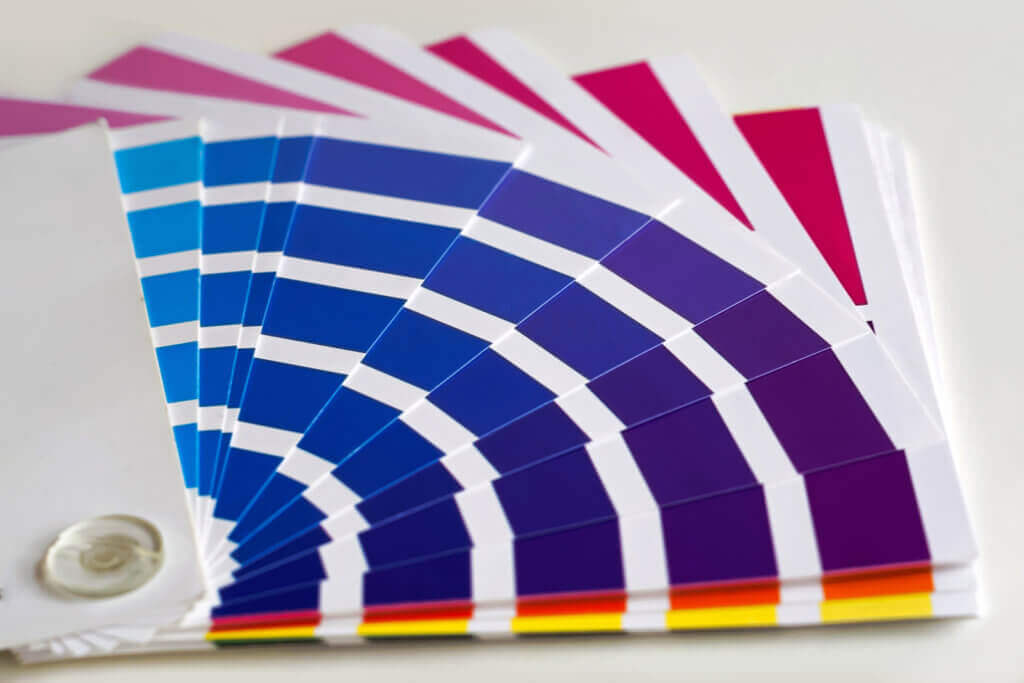While variety may be the spice of life, it’s the enemy of efficiency. When labeling processes are not standardized throughout your company, it makes it difficult to keep all of the label information the same. Looking to standardize? We’ve got you covered with three labeling best practices to help your company achieve its labeling goal of having everyone label the same way, which ultimately standardizes the labeling process across your company. Let’s start with the easiest way to do this, which is to collaborate!
Labeling Best Practice #1 – Define user roles
Who does what in the labeling process? This question can easily be answered (and accountability distributed) by defining who designs, who approves, and who prints.
• Designers are the users who have permission to create new labels and make changes to the label templates.
• Approvers are the users who approve or deny the label, but they can’t make any changes to the label design itself.
• Printers are the users who print the label and can’t alter the design or make approval decisions.
User roles are straightforward and key to the success of standardizing the labeling process. Now that the print users in the labeling process have defined roles, the next best practice focuses on giving clear guidelines.
Labeling Best Practice #2 – Set up an approval process
The simplest way to get everyone to label the same is to work with those involved in the labeling process to create an approval process. Most importantly, this approval process must be enforced, or else it won’t be effective. A common labeling process may look like this: a product manager designs the first draft of the label. Then, a compliance specialist approves or denies it for regulation compliance. Next, a marketing manager reviews the label for appropriate branding. Finally, a production line worker prints the label. TEKLYNX offers LABEL ARCHIVE, a label security and traceability software that facilitates a streamlined approval process, which comes in handy if your company’s labeling process involves multiple steps and touch points with different departments within your company.
After the approval process has been created and enforced, the next best practice to continue standardizing your labeling process takes into account the technology used.
Labeling Best Practice #3 – Integrate labeling software with hardware
If your company uses scales, scanners, PLC’s (Programmable Logic Controllers), keyboards, printers, or virtually any other device that can communicate through a serial port, USB, or TCP/IP, you have the potential to standardize your labeling process by integrating these tools with your labeling software. For example, hook your scale up to a computer and send the weight of the product directly to the label on the label software. For a scanner, just print a barcode on the order sheet and have a user scan it into a database; the database will ensure the correct record is selected. By integrating your hardware with your labeling software, you can easily automate different steps in the labeling process. Just think, by using your scanner, you can trigger a print request or send data to a system without any manual processes. Removing the manual steps from your labeling process takes out any differences in the way employees at your company design and print labels.
Label process standardization allows for maximum efficiency in the labeling process because when everyone does it the same way, there is little room for error. The best practices in this article, along with other strategies to help your company label better, can be found in TEKLYNX’ Best Practices for Barcode Labeling ebook. By following the best practices of defining user roles, setting up an approval process, and integrating labeling software with hardware, your company is moving towards label standardization.

